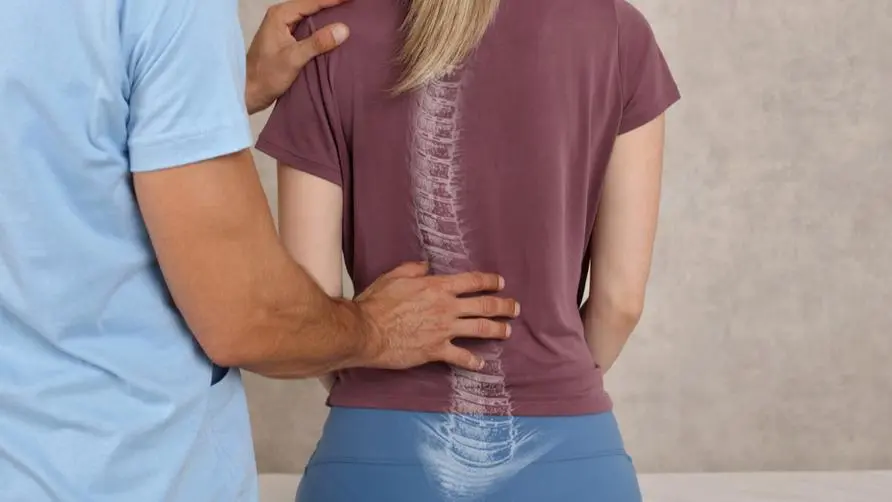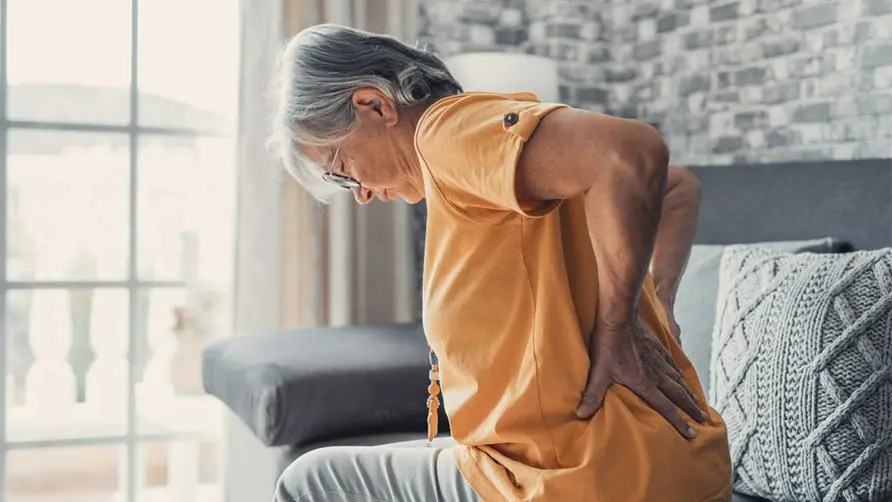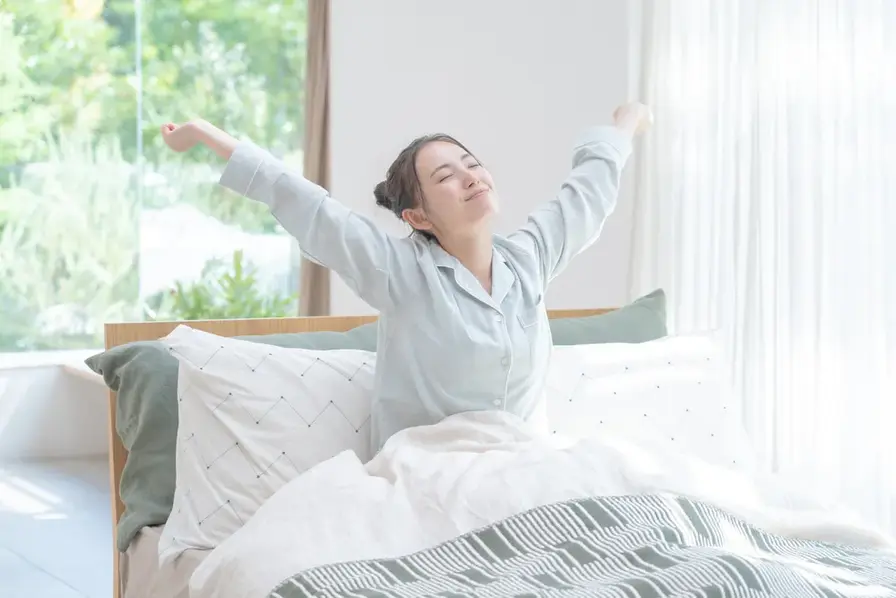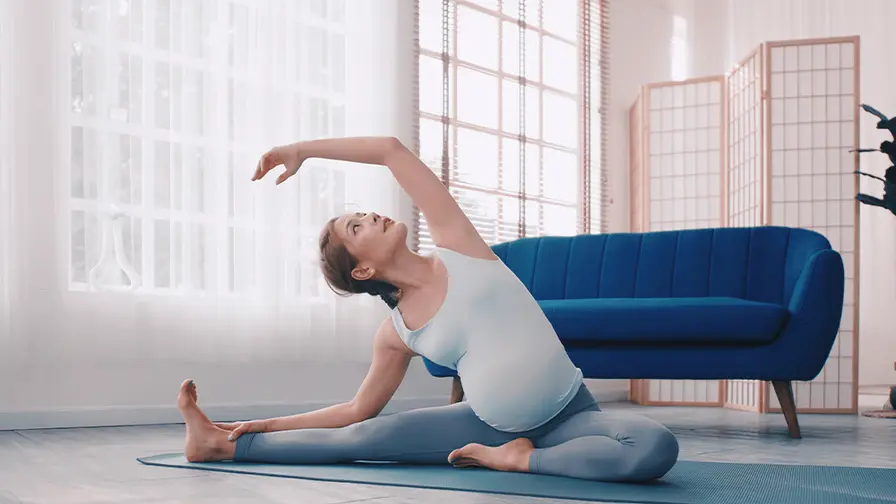Will scoliosis make me shorter? Can it return to normal after correction? Doctors reveal two major treatments without surgery
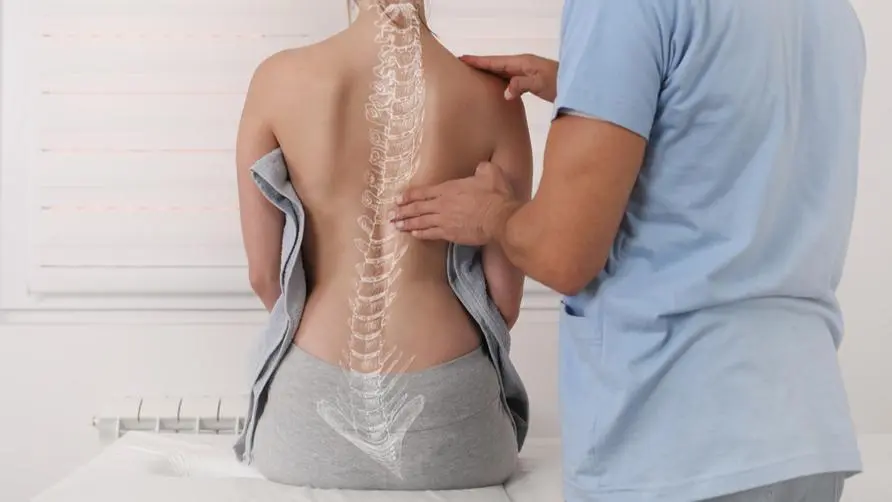
She had long-term lower back pain and did not return to the doctor for a year. Later, her scoliosis “expected to increase by 20 degrees”
Many parents will warn their children about the importance of correct sitting posture, fearing that poor sitting posture will lead to scoliosis. Dr. Li Wei, director of Danghao Rehabilitation Clinic, said in an exclusive interview that clinical research has found that women have a higher chance of suffering from scoliosis than men. Previously, an 11-year-old girl went to see a doctor with her family because she had long-term lower back pain and was unable to sit for long periods of time. An X-ray revealed that the scoliosis reached 12 degrees. Since the condition was relatively mild, no surgery was required. The girl and her family never returned for a follow-up visit.
Unexpectedly, 1 year later, the girl went to the doctor again because of obvious uneven shoulders and low back pain. It was found that the scoliosis had increased by nearly 20 degrees in 1 year, and her height was 2 centimeters shorter. She needed immediate correction through spinal stretching exercises and a spinal brace. . One month later, the patient returned to the outpatient clinic for follow-up. The scoliosis angle improved to 17 degrees, symptoms such as back pain and appearance disappeared, and the hunchback and uneven shoulders were also significantly improved. The patient is then advised to wear the brace for a period of time and have it fixed and tracked before the end of puberty. The spinal angle is expected to return to normal in the future.
Which groups are most likely to have scoliosis? In severe cases, may it affect “cardiopulmonary function”?
Dr. Li Wei explained that scoliosis refers to the “sideways curvature” of the human spine; many people easily confuse scoliosis with low back pain. Low back pain is often caused by poor posture, but 80% of scoliosis cases have no obvious cause. The prevalence rate of scoliosis in Taiwan is 1%. It usually begins in children aged 10-13 years old. It is more likely to occur in adolescence when the body is growing rapidly, and the incidence rate in women is 4-6 times that of men. Possible reasons are that women have softer bones, tend to eat sweets, and have congenitally insufficient muscle strength. During growth and development, the growth rates of muscles and bones are more likely to be inconsistent.
Dr. Li Wei said that mild scoliosis usually has no obvious symptoms, but when the disease progresses to moderate scoliosis, symptoms such as high and low shoulders, long and short feet, back pain after prolonged sitting, and pelvic rotation may occur. Severe scoliosis will compress the heart and lungs, which will affect breathing and cause patients to hyperpnea. Most scoliosis is mild and painless.
Dr. Li Wei further pointed out that the main cause of scoliosis is mostly related to family history. If the mother suffers from scoliosis, the chance of the disease in her daughter may be higher than that of ordinary people. In addition, hormonal secretions during adolescence, genetic abnormalities, muscle spasms, cerebral palsy, Marfan syndrome, or rare tumors such as neurofibroma, may all be potential risk factors for scoliosis.
How to treat scoliosis? Do I need surgery if the bending angle is greater than 40 degrees?
How is scoliosis diagnosed? Dr. Li Wei said that in addition to changes in appearance, doctors will use X-rays to determine the severity of scoliosis. Whether it occurs before puberty or in children aged 10-16, X-rays need to be followed closely. Moderate scoliosis needs to be treated through exercise and brace correction; severe scoliosis affects cardiopulmonary function and requires surgical treatment. Details are as follows:
Less than 20 degrees: Just pay attention to posture correction and exercise therapy, and follow up every six months.
20-40 degrees: Active intervention with chiropractic techniques, combined with a back frame and muscle strengthening training is required to maintain the effect. It usually takes 2-3 years for correction.
Greater than 40-45 degrees: Such patients are prone to accelerated deformation and affect cardiopulmonary function, so surgical correction is recommended.
Dr. Li Wei reminds that patients should try to avoid bearing heavy objects on the shoulders on the concave side of the spine, as this will accelerate the progression of scoliosis. In addition, patients with scoliosis may experience symptoms such as back pain after puberty. At this time, because the bones have been finalized, close tracking is not necessarily required. However, exercise can also be used to relax overly tight muscles and strengthen weak waist muscles.
Back brace correction and rehabilitation exercises need to be a two-pronged approach! Doctors recommend “3 kinds of exercise” to be done every day faster
In addition to improving scoliosis through brace correction and surgery, sports rehabilitation is also an important means to promote recovery. Dr. Li Wei said that she would recommend patients to take the following three types of exercises every day to help with rehabilitation:
Deep breathing exercises (3 exercises a day, repeated 10 times): This is especially needed by patients with chest expansion problems. It can strengthen cardiopulmonary function. It can also be done in conjunction with stretching exercises, such as inhaling during stretching and side bending. Exhale as you return to the original position.
Stretching exercise (3 times a day, repeated 5 times, each time maintained for 30 seconds): When the scoliosis changes due to the change of bone position, the muscle tension will also change. For example, the patient has right thoracic scoliosis. The spine is a concave and convex curve on the left and right, and the muscles on the left side are in a shortened state for a long time. This stretching exercise pulls the muscles on the left side and increases their flexibility.
Step 1: Kneel and sit on your heels, straighten your hands symmetrically, and stretch as far forward as possible. When you can no longer stretch your upper body, bend your upper body to the right side. When you can no longer bend, stop for a moment. After maintaining the effect, return to the worship posture.
Step 2: Lie on your side, put a towel or a thick object such as a book under the most prominent point of the scoliosis, and the pelvis needs to be fixed.
Muscle-strengthening exercises (3 exercises a day, repeated 20 times): For example, patients with right thoracic scoliosis have their right paraspinal muscles that have been stretched for a long time, and their muscle strength is easy to decrease, so they should Strengthen the muscle strength on that side. In addition, other muscles with weak strength should also be strengthened, such as abdominal muscles, back muscles, etc.
Steps: The patient lies on his side, pushing his upper body toward the ceiling. In this position, he bends his upper body to the side, and one person helps stabilize the pelvis and lower limbs to facilitate correct movements. If the patient has good abilities, he can hang his upper body over the edge of the bed or place his hands behind his head to increase the difficulty.
Finally, Dr. Li Wei reminded the public that although most scoliosis that occurs before adolescents will not have clinical symptoms such as muscle soreness, the spine is not yet fully mature. Continuous corrective exercises can delay the progression of scoliosis. This is an improvement measure that cannot be ignored. For scoliosis that occurs from elementary school to junior high school, the bones grow rapidly during this period, and the angle may seriously deteriorate in a short period of time. Therefore, it is necessary to follow the doctor’s advice for regular follow-up visits, supplemented by sports rehabilitation and brace correction, which is expected to help the child return to normal life as soon as possible.
Extended reading:


